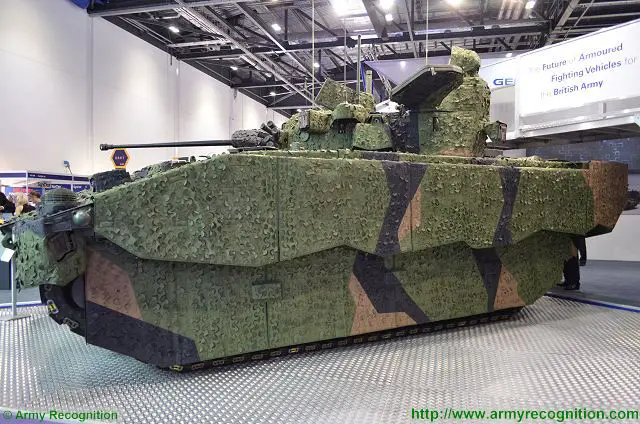Breaking news
Eurosatory 2016: Javelin scores high in the latest UK Ground Vehicle Tests.
 |
|||
|
Eurosatory 2016
Defence & Security International Exhibition Official News online with Editorial and Web TV Paris, France 13 - 17 June 2016 |
|||
|
at Eurosatory 2016
|
|||
|
|
|||
|
|
|||
| Eurosatory 2016: Javelin scores high in the latest UK Ground Vehicle Tests | |||
| The Javelin Joint Venture team, a partnership of Raytheon Company and Lockheed Martin, successfully demonstrated Javelin’s ability to engage targets beyond its current 2.5 km range requirement as announced on 15 June at Eurosatory. That was achieved during a series of ground vehicle launch tests at the UK Army’s Salisbury Plain Training Area in Wiltshire, England. | |||
|
|
|||
 |
|||
|
|
|||
|
The five UK Army-sponsored tests were conducted with the Javelin missiles mounted on a Spartan armoured fighting vehicle and fired via the Kongsberg M151 Remote Weapon Station. Each missile flew between 1.2 and 4.3 km, hitting the stationary ground target in each tests. John Halvey, Raytheon’s Javelin Joint Venture President, said “Javelin’s effectiveness in this demonstration enables mounted infantry to confidently engage targets at ranges that surpass other weapons in this class. This range, coupled with vehicle integration, enhances overmatch for mounted infantry units.” The live-fire tests confirm Javelin’s greater than 94% reliability and demonstrate Javelin’s capability to engage targets from increased stand-off distances on various platforms. Richard Benton, VP of Javelin Joint Venture and Javelin Programme Director at LM Missiles and Fire Control, said: “These successful ground tests validate Javelin’s long-range engagement capability. These tests also reinforce Javelin’s maturity and readiness for deployment from vehicles and other platforms.” These tests verified for the customer the 4.3 km range capabilities of the missile. Albeit know, it had not been previously tested by a customer. Army Recognition has learned that the tests were conducted in less than ideal weather conditions, which included rain. That proves the system’s capability to fire at long ranges despite the reduced visibility and the effects that weather can have on sensors. |




























